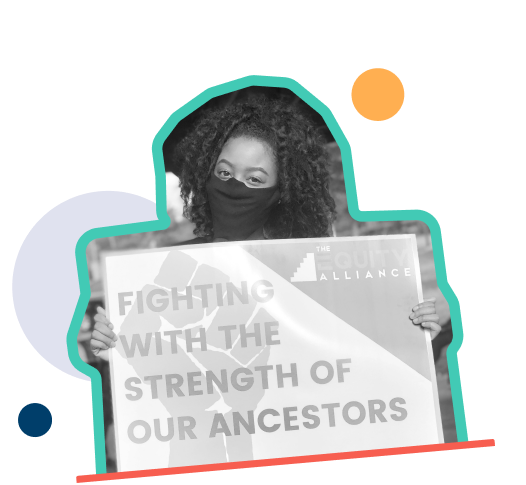
Technologies for Liberation: Toward Abolitionist Futures is a new report by the Astraea Lesbian Foundation For Justice in collaboration with Research Action Design (RAD).
The report explores the ways the state and corporations in the U.S. are using technology to control, police, surveil, and limit the flow of money and power to QT2SBIPOC communities. It also uplifts the ways QT2SBIPOC organizers are responding to carceral technologies with community-centered technologies that are rooted in healing and abolitionist frameworks.
Philanthropy has a critical role to play in sustaining QT2SBIPOC organizers combatting U.S. state and corporate tech that criminalizes communities of color. This report challenges funders to prioritize these dynamic movements rooted in abolition, transformative justice, and healing justice, and to #FundAbolitionTech.
Report Key Findings:
- Technologies designed to collect personal information are deployed to control, police, surveil, and limit the flow of money and power to QT2SBIPOC communities
- Safety and security are often conflated within state narratives to justify the use of surveillance technologies on the public.
- Movements are redefining safety for their communities.
- Movements are responding to the shifting landscape of carceral technologies with community-centered, intersectional strategies.
- Movements are centering decarceration and decriminalization strategies.
- Movements are creating interdependent networks to disrupt state-led conceptions of safety that justify the use of surveillance technologies on the public.
- Movements are reimagining technology and creating more sustainable ecosystems as tools for liberation.
- Movements are developing infrastructures and platforms to combat surveillance and meet the needs of their communities.
- Movements are navigating the contradictions and barriers of using mainstream, open source, and solidarity platforms.
- At present, movements face significant financial barriers to implementing and maintaining digital safety strategies and community-owned technologies.
For the detailed key findings, please refer to the report. The report is also accessible as a printable PDF.
